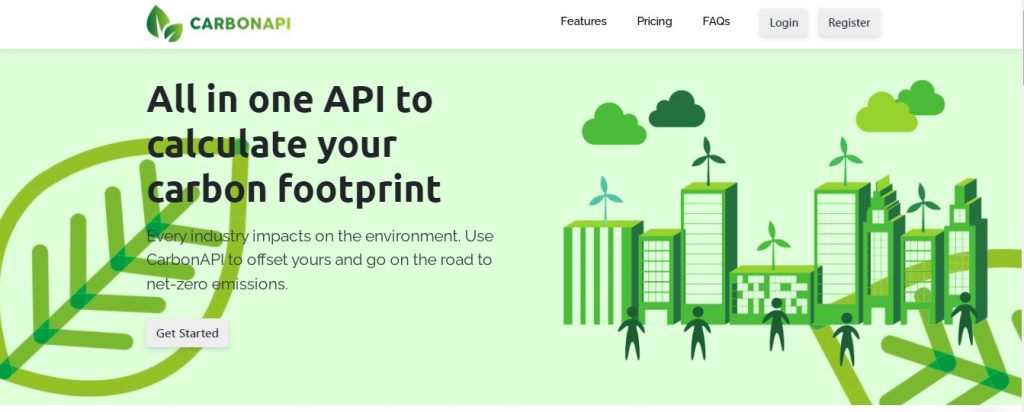If you want to calculate the CO2 emissions in France, in this article we’ll show you how to do it using an API.
In 2015, France alone released the equivalent of 457 million metric tons of CO2. In this country, like in the rest of Europe, greenhouse gas (GHG) emissions have decreased dramatically during the last 25 years. France’s decrease from 1990 to 2015 was 16.4 percent, with 15 years of relative consistency followed by a considerable fall during the subsequent ten years.

The declining trend, though, has ceased since 2015. According to the most recent European figures, CO2 emissions from energy usage grew by 1.8 percent in the European Union in 2017. This phenomenon is not exclusive to France or Europe. It has been observed all around the globe over the past two years.
Several reasons contribute to the increase.
Economic growth fluctuations influence emissions. Growth periods result in more consumption, whereas downturns result in fewer emissions. The drop in emissions from 2008 to 2015 was mostly due to the global economic slump, whereas the continuation of the increasing trend seen in 2016 might be attributed to the European and worldwide economic recovery.
Many short-term factors influence emissions. Weather variables influence emissions from the domestic segment, based on whether winters are harsh or mild. Low oil costs encourage people to buy more. Nuclear reactor maintenance may also influence the network’s production capacity, to varying degrees. Nevertheless, long-term patterns are a more accurate predictor.
Emissions by sector
Transportation has the largest emissions in France (29 percent), followed by the residential and tertiary sectors (16.5 percent ) 5. The manufacturing and construction industries provide 11 percent, while the energy sector contributes 9.2 percent, which is significantly below the European average (28 percent of emissions), owing to France’s high share of nuclear power generation. This explains why France’s energy industry emits relatively little CO2: it accounts for only 7% of overall emissions, or one-quarter of the European average.
The country try to satisfy its Paris Agreement goals and achieve carbon neutrality by 2050. This bill includes various broad-reaching tangible measures aimed at reducing France’s usage of fossil fuels by 60% from 2012 levels by 2030.
These steps include, among other things, increasing building energy efficiency, cutting emissions from electricity generation, retiring coal power plants by 2022, and limiting the usage of the most polluting energy plants.
Given the law’s recent passage, determining the success of its policies is premature. As a result, there is no definitive evidence of their impact or success, simply transient observations of a minor reduction in GHG emissions.
How to Become Neutral: Where to Begin?
If you reside in France or have a business there, you must desire to participate in the agreement to reduce emissions. It’s not easy since it includes measures such as switching to renewable energy, saving water, or other compensatory actions. Knowing your ecological footprint is a great place to start, and by updating this information in the API, you can see how your carbon impact decreases as you take initiatives.
CarbonAPI may be used to do this. Is the greatest calculator API for this task, and it is really simple to use. It works in PHP, Python, and JSON, so you can quickly incorporate it into your page or app to share your environmental effect with your community.

More Information on CarbonAPI
It is a carbon footprint calculator that will assist you in considering projects to compensate for your environmental impact. It might help you figure out which of your company’s procedures uses the most energy or resources. You may adopt green projects and share your great work with the rest of the globe.

